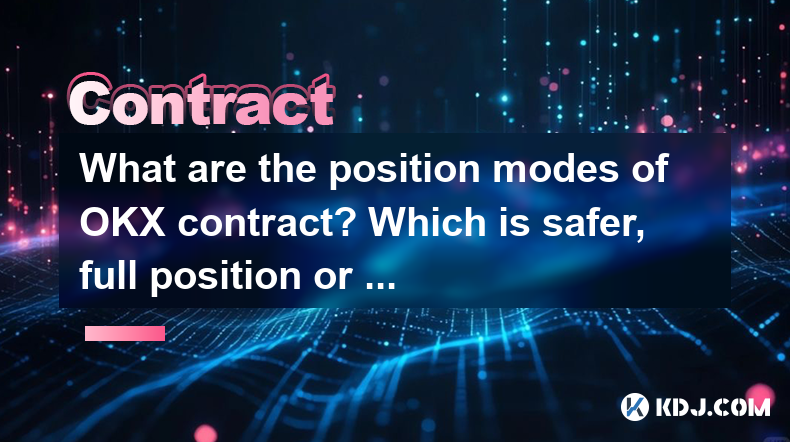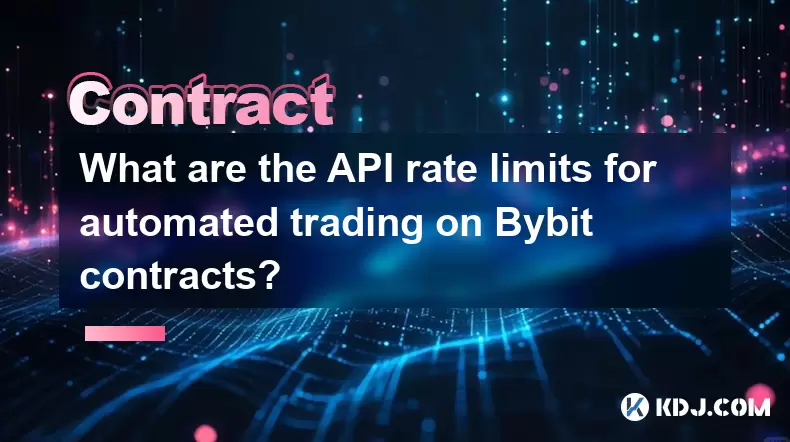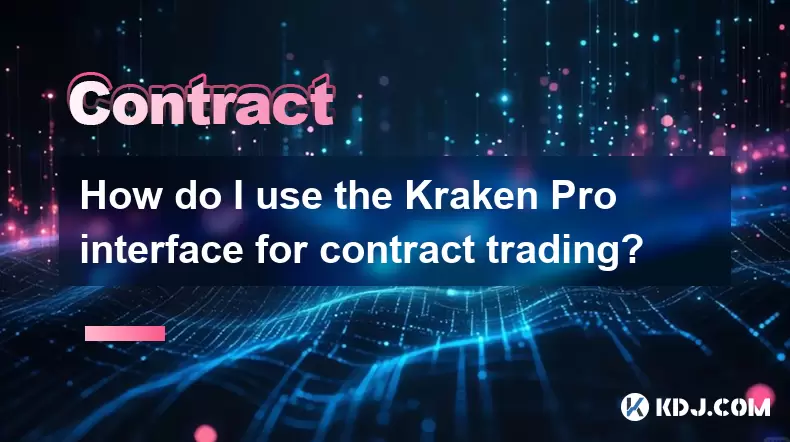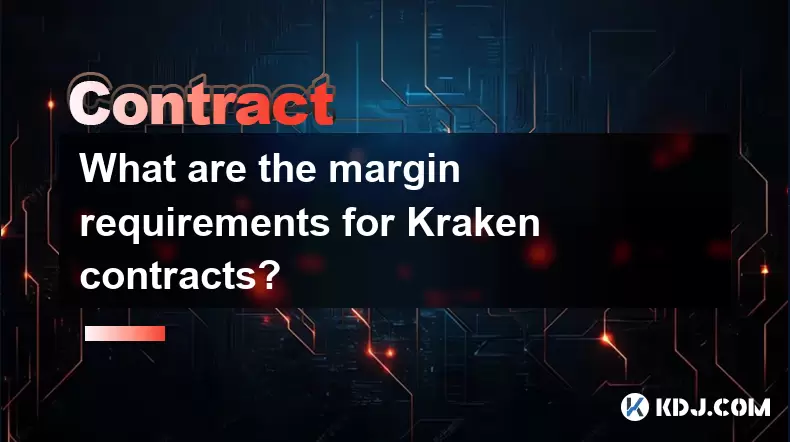-
 Bitcoin
Bitcoin $117300
1.99% -
 Ethereum
Ethereum $3884
5.89% -
 XRP
XRP $3.268
9.33% -
 Tether USDt
Tether USDt $1.000
0.02% -
 BNB
BNB $783.0
1.78% -
 Solana
Solana $173.6
3.51% -
 USDC
USDC $0.9999
0.00% -
 Dogecoin
Dogecoin $0.2193
7.00% -
 TRON
TRON $0.3380
0.30% -
 Cardano
Cardano $0.7769
5.08% -
 Stellar
Stellar $0.4350
9.36% -
 Hyperliquid
Hyperliquid $40.23
5.78% -
 Sui
Sui $3.739
6.95% -
 Chainlink
Chainlink $18.30
9.46% -
 Bitcoin Cash
Bitcoin Cash $581.7
2.11% -
 Hedera
Hedera $0.2577
5.51% -
 Ethena USDe
Ethena USDe $1.001
0.00% -
 Avalanche
Avalanche $23.08
4.23% -
 Litecoin
Litecoin $121.7
2.24% -
 UNUS SED LEO
UNUS SED LEO $8.962
-0.34% -
 Toncoin
Toncoin $3.332
1.36% -
 Shiba Inu
Shiba Inu $0.00001273
3.39% -
 Uniswap
Uniswap $10.35
6.84% -
 Polkadot
Polkadot $3.818
4.01% -
 Dai
Dai $1.000
0.01% -
 Bitget Token
Bitget Token $4.446
2.13% -
 Cronos
Cronos $0.1491
4.96% -
 Monero
Monero $255.4
-9.78% -
 Pepe
Pepe $0.00001099
4.80% -
 Aave
Aave $284.0
8.01%
What are the position modes of OKX contract? Which is safer, full position or position by position?
OKX offers Full Position Mode, where all positions share margin, and Position by Position Mode, where each position's margin is isolated, affecting risk management strategies.
May 06, 2025 at 11:43 am

The OKX contract platform offers two distinct position modes for traders: Full Position Mode and Position by Position Mode. Each mode has its own set of features and risk management strategies, which can significantly impact a trader's approach and safety. In this article, we will delve into the specifics of each mode, their operational mechanics, and compare their safety aspects to help you make an informed decision.
Understanding Full Position Mode
Full Position Mode on OKX allows traders to manage all their positions in a single account. This means that all profits and losses are aggregated into one total balance. In this mode, the margin is shared across all positions, which can lead to a more streamlined trading experience.
To operate in Full Position Mode:
- Log into your OKX account and navigate to the trading section.
- Select the contract you wish to trade and choose the Full Position Mode option.
- Set your trading parameters such as leverage and position size.
- Execute your trades, keeping in mind that your total margin will be affected by the performance of all your open positions.
This mode is particularly useful for traders who prefer a holistic view of their trading activities and want to manage their overall risk more easily. However, it also means that a significant loss in one position could potentially affect the margin available for other positions.
Understanding Position by Position Mode
In contrast, Position by Position Mode allows traders to manage each position separately. Each position has its own margin and profit and loss calculation, which means that the performance of one position does not directly impact the others.
To switch to Position by Position Mode:
- Access your OKX account and go to the trading section.
- Choose the contract you want to trade and select Position by Position Mode.
- Configure your trading settings for each individual position, including leverage and position size.
- Initiate your trades, knowing that each position's margin is isolated from the others.
This mode is ideal for traders who want to manage risk on a per-position basis. It allows for more granular control over individual trades, which can be beneficial for those who are managing multiple strategies or asset classes simultaneously.
Comparing the Safety of Full Position and Position by Position Modes
When it comes to safety, Position by Position Mode is generally considered safer than Full Position Mode. This is because each position is isolated, which means that a loss in one position will not affect the margin available for other positions. This isolation helps to limit the potential for a cascading effect where one bad trade could wipe out the margin for multiple positions.
On the other hand, Full Position Mode can be riskier due to the interconnected nature of all positions. If one position incurs a significant loss, it could deplete the shared margin, potentially leading to liquidations across all positions. However, this mode can also be advantageous for traders who are confident in their overall strategy and want to maximize their trading efficiency.
Practical Considerations for Choosing a Position Mode
When deciding between Full Position and Position by Position Mode, traders should consider their risk tolerance, trading strategy, and overall market conditions. Here are some practical considerations:
- Risk Management: If you prioritize risk management and want to limit the impact of a single trade on your overall portfolio, Position by Position Mode might be the better choice.
- Trading Efficiency: If you prefer a more streamlined trading experience and are comfortable with the interconnected nature of your positions, Full Position Mode could be more suitable.
- Market Volatility: During periods of high market volatility, Position by Position Mode can provide a safer environment by isolating each trade's risk.
Operational Steps for Switching Between Modes
Switching between Full Position and Position by Position Mode on OKX is straightforward but requires careful consideration of your current positions. Here are the steps to switch modes:
- Close all existing positions if you have open trades, as you cannot switch modes with open positions.
- Navigate to the trading settings within your OKX account.
- Select the desired position mode (either Full Position or Position by Position).
- Confirm the change and ensure you understand the implications for your trading strategy.
Detailed Example of Trading in Each Mode
To illustrate the practical differences between the two modes, let's consider an example of trading Bitcoin futures on OKX.
Full Position Mode Example:
- You open three Bitcoin futures positions: one long at $30,000, one short at $35,000, and another long at $40,000.
- All positions share the same margin pool.
- If the price of Bitcoin drops to $28,000, the long position at $30,000 incurs a loss, which could affect the margin available for the other positions, potentially leading to liquidations.
Position by Position Mode Example:
- You open the same three Bitcoin futures positions: one long at $30,000, one short at $35,000, and another long at $40,000.
- Each position has its own isolated margin.
- If the price of Bitcoin drops to $28,000, only the long position at $30,000 is affected, and the other positions remain unaffected by the loss.
Frequently Asked Questions
Q1: Can I switch between Full Position and Position by Position Mode with open positions?
No, you cannot switch between the two modes with open positions. You must close all existing positions before making the switch.
Q2: Does OKX charge different fees for Full Position and Position by Position Mode?
No, OKX does not charge different fees based on the position mode. The fees are determined by the type of contract and the trading volume, not the position mode.
Q3: Can I use different leverage settings for each position in Full Position Mode?
In Full Position Mode, you can set different leverage levels for each position, but the margin is still shared across all positions. This means that the leverage settings will affect the overall margin pool.
Q4: How does OKX handle liquidations in each mode?
In Full Position Mode, if the total margin falls below the maintenance margin level, OKX may liquidate all positions to cover the losses. In Position by Position Mode, each position is liquidated independently if its individual margin falls below the required level.
Disclaimer:info@kdj.com
The information provided is not trading advice. kdj.com does not assume any responsibility for any investments made based on the information provided in this article. Cryptocurrencies are highly volatile and it is highly recommended that you invest with caution after thorough research!
If you believe that the content used on this website infringes your copyright, please contact us immediately (info@kdj.com) and we will delete it promptly.
- Cold Wallet Crypto in 2025: The Future is Now, Ya'll
- 2025-08-08 05:10:13
- MAGACOIN, SOL, and ADA: A Tale of Shifting Tides in Crypto
- 2025-08-08 05:10:13
- SHIB Price, PEPE, and the Memecoin Supercycle: Who Will Reign Supreme?
- 2025-08-08 05:50:12
- Pudgy Penguins Price Prediction: Google Trends & Breakout Signals
- 2025-08-08 05:50:12
- UAE Crypto Regulation: SCA and VARA Unite to Streamline the Future of Digital Assets
- 2025-08-08 05:55:48
- MAGACOIN Finance: The Presale Phenomenon Rocking the Crypto World
- 2025-08-08 05:55:48
Related knowledge

Are there any fees for futures settlement on OKX?
Aug 08,2025 at 05:35am
Understanding Futures Settlement on OKXFutures settlement on OKX refers to the process by which open futures contracts are automatically closed or mar...

How to use the OKX margin calculator for futures?
Aug 08,2025 at 05:15am
Understanding the OKX Margin Calculator for FuturesThe OKX margin calculator is a specialized tool designed to assist traders in estimating the requir...

How to find and copy experienced traders on Bybit contracts?
Aug 08,2025 at 06:00am
Understanding Copy Trading on BybitBybit offers a copy trading feature that allows users to automatically replicate the contract positions of experien...

What are the API rate limits for automated trading on Bybit contracts?
Aug 08,2025 at 06:08am
Understanding API Rate Limits on BybitWhen engaging in automated trading on Bybit contracts, understanding the API rate limits is essential to prevent...

How do I use the Kraken Pro interface for contract trading?
Aug 08,2025 at 05:00am
Understanding the Kraken Pro Interface for Contract TradingThe Kraken Pro platform is designed for advanced traders who require speed, precision, and ...

What are the margin requirements for Kraken contracts?
Aug 08,2025 at 05:42am
Understanding Margin in Kraken Futures TradingWhen engaging in futures trading on Kraken, traders must understand that margin is the collateral requir...

Are there any fees for futures settlement on OKX?
Aug 08,2025 at 05:35am
Understanding Futures Settlement on OKXFutures settlement on OKX refers to the process by which open futures contracts are automatically closed or mar...

How to use the OKX margin calculator for futures?
Aug 08,2025 at 05:15am
Understanding the OKX Margin Calculator for FuturesThe OKX margin calculator is a specialized tool designed to assist traders in estimating the requir...

How to find and copy experienced traders on Bybit contracts?
Aug 08,2025 at 06:00am
Understanding Copy Trading on BybitBybit offers a copy trading feature that allows users to automatically replicate the contract positions of experien...

What are the API rate limits for automated trading on Bybit contracts?
Aug 08,2025 at 06:08am
Understanding API Rate Limits on BybitWhen engaging in automated trading on Bybit contracts, understanding the API rate limits is essential to prevent...

How do I use the Kraken Pro interface for contract trading?
Aug 08,2025 at 05:00am
Understanding the Kraken Pro Interface for Contract TradingThe Kraken Pro platform is designed for advanced traders who require speed, precision, and ...

What are the margin requirements for Kraken contracts?
Aug 08,2025 at 05:42am
Understanding Margin in Kraken Futures TradingWhen engaging in futures trading on Kraken, traders must understand that margin is the collateral requir...
See all articles

























































































